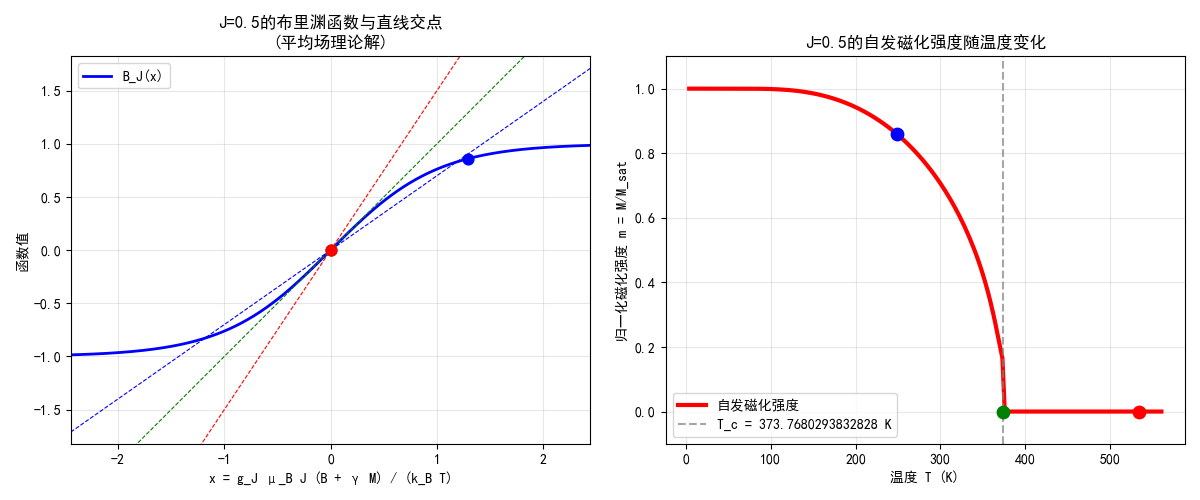托福听力题型与结构
Conversation
Topic
Conversation一般发生于学生和教授之间,或校园设施之中。
根据Vince的统计来看,Conversation的主题有以下几种:
- Academic
- Assignment 30%
- Research 10%
- Course 5%
- Campus Life
- Library 15%
- Club activities 15%
- Job 10%
- Others 15%
Conversation的第一句话会指明发生的地点,继而区分以上主题:
- Listen to the conversation between the student and the professor/adviosr.
- Listen to the conversation between the student and the librarian/building manager/club president.
Structure
Conversation本身可以分为四个层次:
- Background
- Problem
- Solutions
- Result
- Development
以TPO55的第一篇Conversation为例:
Direnction
Listen to a conversation between a student and her environmental science professor.
Background
Student: You know, the DVD we watched yesterday on ways we can protect the environment was really eye-opening.
Professor: Well, I’m glad to hear that. Sometimes a DVD like this can bring to life concepts that my lectures can’t. Of course, lectures are important, but other forms of presentation like DVDs helped get across the concepts I want you to understand too.
Problem
Student: I agree.And the DVD got me thinking about the project you assigned. Now, I know we’re not supposed to work with anyone else for this assignment. But two of us think we have a really good idea.
Professor:Okay, I’m listening.
Student: Well, the student from class who I want to work with is Jessica Smith.You see she has a part-time job at the hotel on campus where parents and people who are here for conferences stay.
Professor:Yes, the environmental science department just hosted a conference not too long ago.And we had several attendees who stayed there. They really enjoyed staying at that hotel.
Student: I’m sure. Jessica says it’s really nice but it’s not so environmentally friendly.
Professor:Hmm, I see. Well, hotels may be reluctant to make changes to protect the environment if it could be perceived as negatively affecting the comfort of hotel guests.
Solutions
Student: Well, that has to do with our idea for the project. Jessica and I want to do an assessment of the hotel and see what they can do to save energy and create less pollution without interfering with the positive experience of patrons. And I figure since she works there it’d be easier for us to do the project together. Plus, she already ran the idea by the hotel manager and he’s on board with it. He was even telling her how he can use our work to apply for a grant from a local environmental foundation for money to make energy-saving upgrades and stuff. So we’d make recommendations, then he’d use our findings to make real changes.
Result and Development
Professor:That’s certainly a compelling idea. And it definitely fits within the general guidelines of the project. Okay, just give me an outline of what you plan to do, and, well, I’m a little worried. I’ll still need you to submit the paper in the format we discussed in class, not whatever format the hotel manager might want.
本文学生在寒暄之后,通过DVD引出了他关心的问题——想做的项目和合作的人选。教授也提出了他的问题——酒店经理可能不会做出改变。学生继而提出了他的解决方案,并且获得了教授的同意,且教授补充了潜在的格式问题。
Lecture
Topic
Lecture一般发生于课堂之上。
- Artistic 25%
- Architechture
- Music
- Art
- Literature
- Biology 20%
- Animal
- Plant
- Micorbe
- Social Science 25%
- Anthropology
- Archaeology
- Psychology
- Commerce
- Natural Science 30%
- Astronomy
- Geology
- Environment
也有可能出现交叉的情况,如TPO 57 Lecture 1讲述了关于人性的理论(社会科学)和相关的感伤喜剧(文学),其主旨题也出现了两个选项。
Lecture的第一句话会给出本文的主要对象,但不是主题。
Structure
考虑到Lecture都是科普难度的,教授一般会抛出一个新的定义并进行解释,或给出一种现象解答原因。
- Definition/Phenomenon
- Contend
- Comments/Development
而Contend的部分有多种叙述方式,常见的有:
顺序结构:按照时间顺序或发展顺序进行叙述;
解释结构:对提出的问题进行解释(举例或实验),并不断推进该话题;
平行结构:分点阐述;
对比结构:最少的结构,TPO 5 Lecture 4.
不同的主题偏好不同的叙述方式,如自然科学更讲究逻辑的递进,那么更喜欢解释结构;叙述自然科学的发展历史则偏好顺序结构;对某一概念进行阐释,可能会用到平行结构和对比结构等等。
结构本身也可能是杂糅的,如 TPO 57 Lecture 1 在讲述感伤戏剧的发展历史时,同时采用了时间顺序结构、平行问题结构和总体上的逻辑结构。我们来分析一下。
Direction
Listen to part of a lecture in a theater history class. The class is discussing 18th century plays in Europe and the United States.
Professor: By far, the most popular genre of plays during the 18th century was the sentimental comedy.
Now, in order to sort of get our heads around what a sentimental comedy is, where it came from and why on Earth it was so popular, we need to understand what sentimentality was as a philosophical movement.
Sentimentality Movement
So, during the 18th century, some thinkers, philosophers, political theorists, came up with this idea of sentimentality.The main point in sentimentality is that people are inherently good, people are good by nature. In the past, in other times, some people had believed or claimed that men and women are naturally selfish or naturally evil.During the 17th century there was a very popular theory known as the social contract set up by thinkers like Thomas Hobbes which argued that people are naturally selfish.During the 18th century, on the other hand, thinkers associated with sentimentality came along and said: “No no no, people are naturally good”.
Yes, Diane, question.
Student: Yea sorry to interrupt but why was it called that first one, social contract, why was it called that? I mean, if people are supposed to be naturally selfish, isn’t that the opposite of being social?
Professor: The emphasis was more on the contract part.If people are naturally inclined to do what’s in their own self interest, then in order to have people living together in peace, you need develop some kind of a social contract, a sort of agreement.I won’t hit you over the head and take your stuff if you don’t hit me over the head and take my stuff.But in the 18th century the sentimental theorists came along and said that people are naturally good.
Student: Hard to believe sometimes if you watch the evening news.
Professor: OK, if you try to argue that people are naturally good, you’re going to have to answer the question: What about the fact that bad things happen?How do we account for the fact that people do bad things?
Sentimental theorists claimed that evil deeds happen because people are led astray by bad influences. That is, people can be pressured or seduced or tricked into doing something wrong. And the other question that comes up in relation to sentimentality is: If you are led astray, how can you be redeemed?an you be brought back to your state of natural goodness. What do you think?
Student: I think, Yeah, if you think people are basically good then you probably also think they can be, you know, brought back to being good again.
Professor: That’s right! And they said you do this by appealing to a person’s natural instincts. Trying to return them or connect them to their natural state especially via the emotions.Making someone cry then could make them good again.
Picture, for example, the evil villain smirking at his latest robbery, in fact, who happens to see a lost child walking down the street, sobbing, and he starts to sniffle and cry and maybe his heart goes out to this lost child and he wants to help the child and somehow he realizes that he’s been bad or rather been behaving badly, since according to sentimentalist theory he was never truly bad to begin with.Alright. That’s sort of the hallmark of sentimentality and it’s what became the driving force behind sentimental comedies.
Student: I don’t get why they’re comedies. They don’t sound funny.
Professor: Uh, you’re right a sentimental comedy is not specifically funny. The goal isn’t to make the audience laugh and in fact the goal is to make the audience cry. Thus a sentimental comedy will usually depict someone virtuous but in some sort of distress. Perhaps a good virtuous man or woman who, who’s suffering financial hardships and we see them desperate for food, barely able to survive, tempted to rob someone.But they resist that temptation and still triumph in the end.And again, seeing this, the audience is expected to cry and thus, reconnect with their natural emotional state.
- Theory: sentimentality movement
- Background: 17th century, social contact
- Phenomenon: 18th century, sentimentality movement
- Question 1: Why do people do bad thing?
- Question 2: How can people be redeemed?
- $\Rightarrow$ Practice: sentimental comedy redeem people through connect emotions
Question Type
Summary
第一题常为主旨目的题,提问的方式也千篇一律:
- What is the conversation mainly about?
- Why does the student go to see the professor?
- What is the lecture mainly about?
- What is the main purpose of the lecture?
Details
- According to …
- What is the feature of …
Inference
- What does the professor mean when he say this?
- What can be inferred from …?
Purpose
- Why does the student say?
- Why does the professor mention/discuss?





